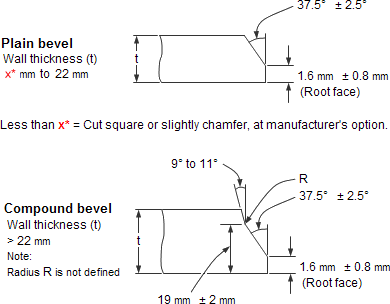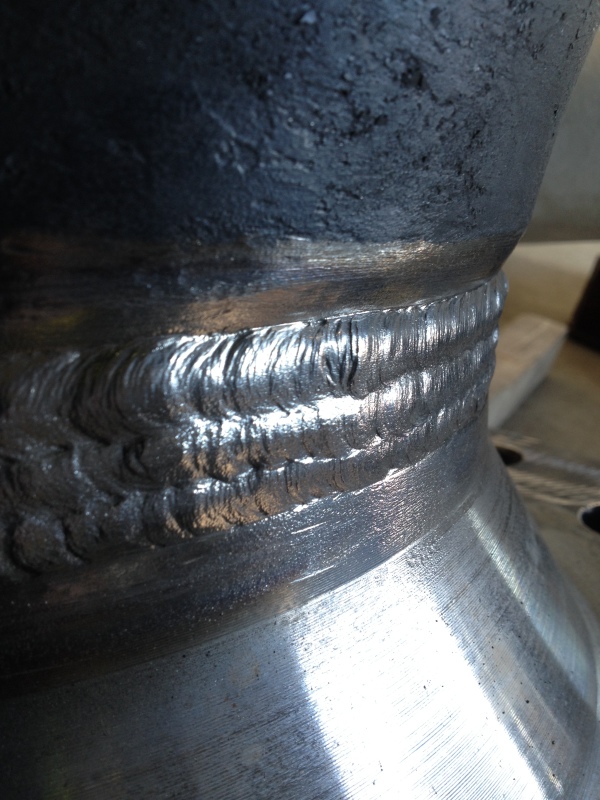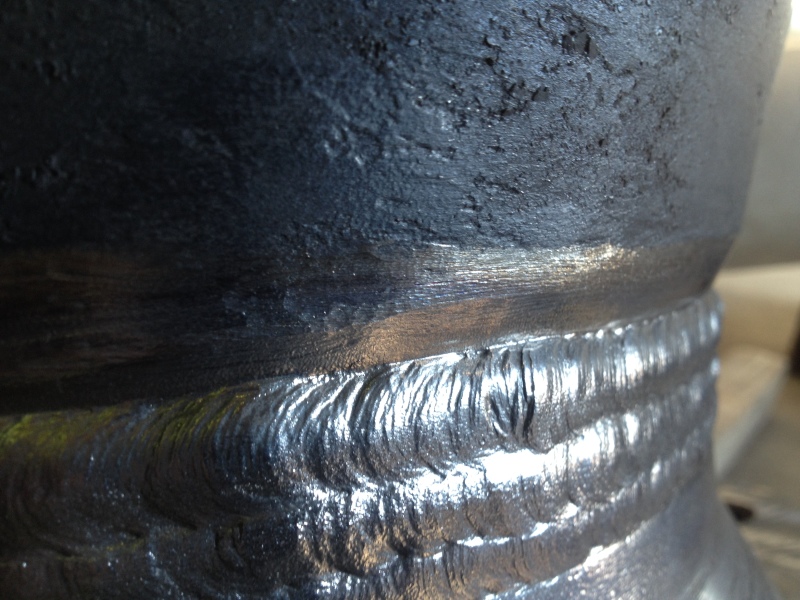Titirli123
Industrial
- Nov 14, 2015
- 18
Good evening.
I have a doubt about an elbow that I received. It's a 90deg elbow 10 inch sch 120. It came with an extra bevel of the exterior part of the short radius like in the photo attached. It is normal to be like that?
Thank you!
I have a doubt about an elbow that I received. It's a 90deg elbow 10 inch sch 120. It came with an extra bevel of the exterior part of the short radius like in the photo attached. It is normal to be like that?
Thank you!



